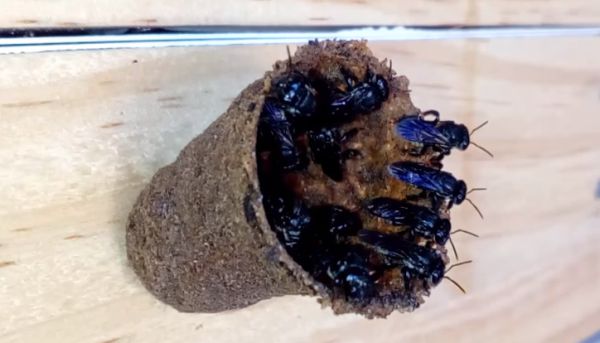this post was submitted on 05 Jul 2024
29 points (91.4% liked)
Casual Conversation
1698 readers
85 users here now
Share a story, ask a question, or start a conversation about (almost) anything you desire. Maybe you'll make some friends in the process.
RULES
- Be respectful: no harassment, hate speech, bigotry, and/or trolling
- Keep the conversation nice and light hearted
- Encourage conversation in your post
- Avoid controversial topics such as politics or societal debates
- Keep it clean and SFW: No illegal content or anything gross and inappropriate
- No solicitation such as ads, promotional content, spam, surveys etc.
- Respect privacy: Don’t ask for or share any personal information
Casual conversation communities:
Related discussion-focused communities
- !actual_discussion@lemmy.ca
- !askmenover30@lemm.ee
- !dads@feddit.uk
- !letstalkaboutgames@feddit.uk
- !movies@lemm.ee
founded 1 year ago
MODERATORS
you are viewing a single comment's thread
view the rest of the comments
view the rest of the comments
I believe that most of the native species here don't even sting, and if you annoy them they'll flock around you and... that's it, like a bunch of kids calling you meanie. Or at least the ones that look like wasps, like this:

I've seen quite a bit more of those this winter.
How do they defend a hive if not for the ability to sting?
They* technically can bite you, but the bite doesn't hurt, so it's likely only effective against other really small critters. They can also release some sort of glue, kind of annoying if they do it while tangling in your hair, but harmless.
I wonder if their visual similarity to wasps isn't some form of defence on its own, as mimicry. They also seem to build nests in places where they won't get into trouble with mammals, like inside the hollows of tall trees. And that opening "tube" is closed off at night.
*from some websearch I could find one slightly more dangerous species, called "tataíra" or "abelha de fogo" (lit. fire bee). Even then it's just spitting formic acid, like ants would; and mostly used not against larger critters, but while pillaging beehives of other species.